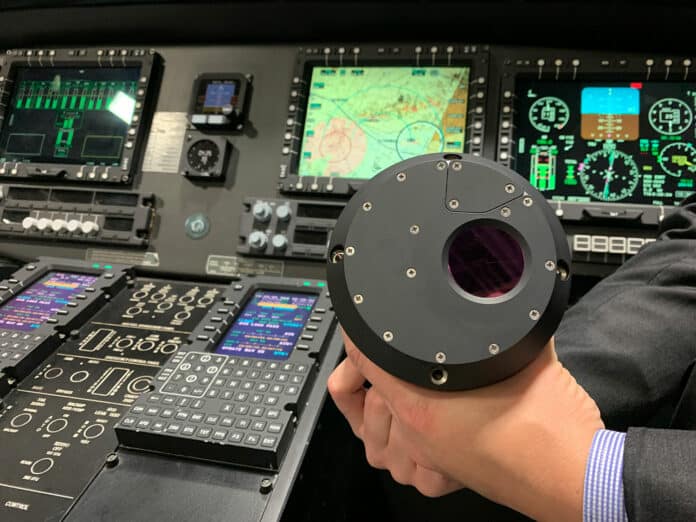Man-Portable Air Defense Systems – heat-seeking, shoulder-fired missiles – have posed a continuous threat to U.S. Army aviation since their introduction. To protect warfighters from these threats, infrared countermeasures such as Northrop Grumman’s Common Infrared Countermeasures (CIRCM) have proven to be highly effective.
However, these systems can only defeat what they can see, making their missile warning sensors crucial for the survival of warfighters. These sensors are the “eyes of CIRCM” and are responsible for detecting and identifying supersonic missiles almost instantaneously.
Now, Northop Grumman has come up with a next-generation missile warning sensor (MWS), the Advanced Tactical Hostile Engagement Awareness (ATHENA), that provides a generational leap in threat detection capability.
ATHENA is a smart system known as a staring sensor that is always on and keeping an eye out for potential threats. It has a high-resolution and high-performance capability, which provides more time to identify and respond to threats. ATHENA can also identify threats beyond infrared-guided missiles, such as hostile fire and anti-tank-guided missiles.
“The longer range and resolution of ATHENA will give warfighters an additional margin of safety in contested airspace,” said Dennis Neel, program director, Northrop Grumman.
ATHENA is not just a sensor with sharper vision; it’s also smarter. The onboard processing allows for instant actionable information while preserving the mission computing resources for other functions. This processing power, combined with advanced software that can be easily updated to address changing mission requirements, allows for additional survivability capabilities.
One of these capabilities is full spherical situational awareness, where the multiple sensors on a standard installation configuration provide seamless stitching of individual video feeds. This allows operators and passengers to view any point in 360 degrees around the aircraft, even “looking through” the aircraft floor.
“ATHENA exemplifies our approach to sensors, using available hardware to perform multiple functions and missions. This increases rotary wing aircraft survivability and provides situational awareness capabilities previously available only on much larger aircraft,” said Neel in a statement. “It has the potential to make any aircraft significantly more survivable. Bringing warfighters home safely is the ultimate goal.”
